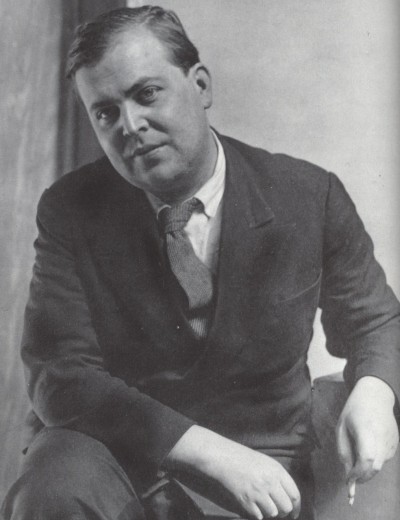
Christian Berard
About
Christian Bérard, also known as Bébé, was a French artist, fashion illustrator and designer.
Bérard and his lover Boris Kochno, who directed the Ballets Russes and was also co-founder of the Ballet des Champs-Elysées, were one of the most prominent openly homosexual couples in French theater during the 1930s and '40s.
Christian Berard was born in Paris, France in 1902. As a child, he was fascinated by the theatre and ballet and compiled albums of costume and scenery designs. He attended the Academie Ranson from 1920 to 1923. He first exhibited at the Galerie Druet in 1924.
By the end of the 1920's, he was an influence on and an inspiration to several fashion designers, notably Christian Dior and Elsa Schiaparelli. All throughout the 30's, Berard was illustrating the witty colourful designs of Elsa Schiaparelli.
Though painting was his first love, he concentrated during the 1930's on fabric and interior design, as well as book and fashion illustration. His work appeared in Harpers Bazaar was instantly recognizable by his free, elliptical style, indicating elegant shape and form without severe delineation.
In 1935 he appeared at Vogue. He was one of the great Bohemian characters of Paris. Still only in his early 30's, he was already the darling of salon, theatre and café alike, a central figure of the artistic demi-monde. Of all Vogue's artists he is the one most widely celebrated in the journals and documentation of Vogue itself.
They called him "Bebe". He was indeed an extraordinary figure: fat, unpredictable, unpunctual, depressive, addicted to opium, but lively, witty, and a charmer.
He was an adventurous colourist. His use of light/dark combinations, though initially considered avant-garde, later became acceptable and even fashionable.
In 1945, Haute Couture was almost dead, and needed something to breathe life back into it. Christian Berard designed a set that showed Paris in its former splendour. Robert Ricci, son of designer Nina Ricci and others persuaded a group of 53 great couturiers to dress about 200 wire dolls of 27" high for an exhibition. The clothes were exquisitely detailed miniature couture designs by Balenciaga, Madame Gres and many others.
Starting at the Louvre Museum in Paris, this exhibition toured Europe and the United States, to great acclaim, and was one of the reasons for the revival of Haute Couture after the war. In the mid-80's, this exhibition was again discovered and sent around the world. Berard's sets were one of the reasons for the success of the exhibition.
Vogue magazine published a great many of the drawings of Berard from 1935 till his death in 1949. On the right is one of his Vogue covers from 1939. He illustrated most of the leading designers of the time, including Vionnet, Revillon, Creed and Jean Patou.
After the war, Vogue had a problem finding illustrators. Christian Berard was the most conspicuous loss to the magazine, and perhaps the most surprising, after all the efforts to secure him before the war. But his heart was evidently torn between painting itself, pure and private and the more public pre-occupations of designing for the theatre and the cinema.
His collaboration with Jean Cocteau produced masterpieces, and La Belle et la Bete is a kind of monument. Some of his later work did appear in Vogue magazine after World War II, but the last single spread at Christmas 1948, was barely two issues before his obituary, and was the first he had supplied for 16 months.
Christian Berard died in 1949, at the young age of 47.